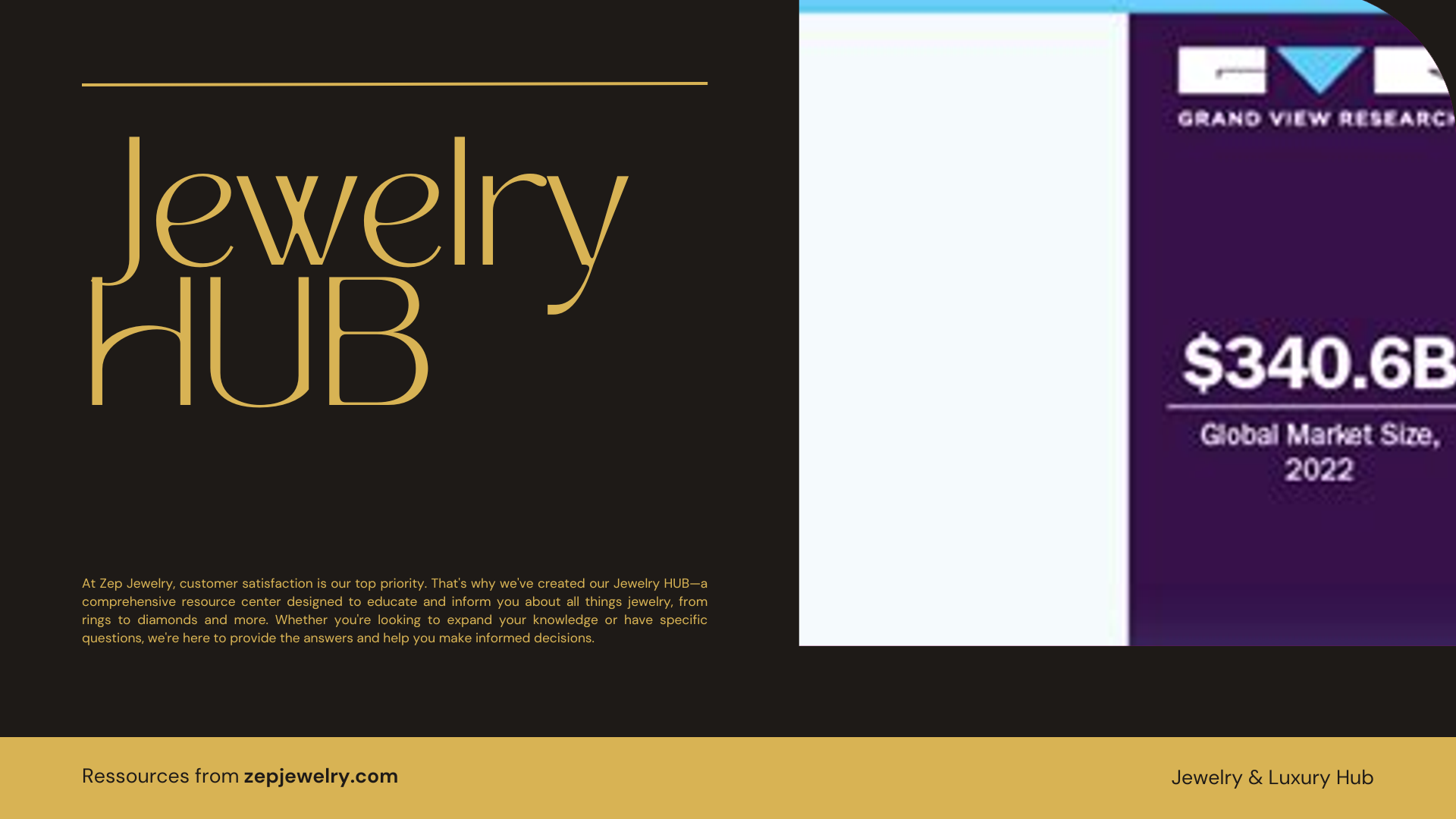Is your jewelry box looking a little bare, or are you simply itching to add some sparkle to your life? For many, the thrill of hunting for the perfect piece can be exhilarating, especially when it comes to snagging those coveted discounts. Picture this: while retailers are busy clearing out remnants of holiday cheer, savvy shoppers can swoop in like a hawk, cherry-picking exquisite accessories at prices that make your wallet smile. January and March stand out as secret gateways to significant savings, transforming the jewelry shopping experience into a treasure hunt anyone would relish.
When is the best time to buy jewelry for discounts?
January is widely recognized as the prime month for snagging discounts on jewelry, primarily due to retailers’ efforts to clear excess inventory following the bustling holiday season. After the gift-giving rush of December, many stores are eager to make room for new collections, leading to considerable markdowns on a variety of items that may not have sold during the holiday shopping frenzy.
In addition to January, March also presents a great opportunity for savvy shoppers, particularly after Valentine’s Day. As the demand for jewelry declines post-holiday, prices typically drop further, making it an excellent time to find beautiful pieces at more affordable rates. Many retailers recognize the lull in consumer activity during this period and take advantage of it by offering sales to attract buyers.
Moreover, beyond these months, it’s worth considering seasonal patterns that can influence jewelry prices throughout the year. For instance, late May often brings enticing discounts as retailers work to clear out unsold items following Mother’s Day celebrations. Similarly, during the summer months of July and August, the lack of demand can lead to further reductions, allowing consumers to find bargains. With the early fall months also being relatively slow in terms of jewelry sales, anticipating these slower sales periods can lead to even more opportunities for significant savings.
Understanding the cyclical nature of jewelry sales not only enables you to budget better but also empowers you to make informed purchases. Timing your purchases for these ideal months not only maximizes your savings but also affords you a less frantic shopping experience, making it easier for you to select pieces you’ll cherish for years to come. Additionally, being aware of price fluctuations—often influenced by factors such as precious metal market trends—can further benefit your budgeting strategy and help ensure that your choices are mindful investments rather than impulsive buys.
What months should I avoid when shopping for jewelry?
It is generally wise to avoid shopping for jewelry during the peak holiday months from November to February. This period sees inflated prices due to high demand, particularly around Christmas and Valentine’s Day. Consumers may find that discounts advertised during these times can be misleading, as the baseline prices are often higher.
How often do jewelry sales occur, and what are the key seasons?
Jewelry sales tend to follow a predictable cycle based on calendar events. Major holidays like Valentine’s Day in February and Mother’s Day in May stimulate demand, resulting in higher prices. Conversely, the months following these holidays, particularly in late spring and summer, often feature lower prices as retailers look to move inventory that didn’t sell during peak shopping times.
Are there specific days of the week that are better for buying jewelry?
Yes, research indicates that Mondays are the most price-competitive days for purchasing jewelry. This day often features lower prices compared to others in the week. Shopping on a Monday can provide buyers with better negotiating power and potential discounts, especially during slower sales periods.
How do seasonal fluctuations affect jewelry pricing?
Jewelry prices are significantly influenced by seasonal demand and supply cycles. For example, the summer months—particularly July and August—see a slump in demand, often leading retailers to offer notable discounts to attract customers. During these slower sales periods, buyers can benefit from a more relaxed shopping environment and are likely to find higher-quality pieces at reduced prices.
What strategies can I use to maximize savings on jewelry purchases?
Timing your purchases around slower sales periods, such as January and late spring, is critical for maximizing savings. Additionally, being aware of market trends, researching prior to busy seasons, and considering pre-owned or in-stock items can yield considerable discounts. Negotiation also plays a key role, as sellers may be more willing to lower prices during off-peak shopping months.
How do I ensure I’m getting the best value when purchasing fine jewelry?
To secure the best value when buying fine jewelry, it’s beneficial to avoid peak shopping seasons, familiarize yourself with regular pricing, and seek out reputable jewelers known for quality and longevity. Investing in timeless pieces made from solid gold or platinum can also provide long-term value. Lastly, consider purchasing insurance for valuable items, which protects your investment and ensures peace of mind.
